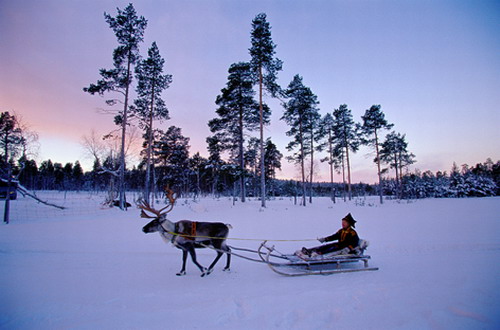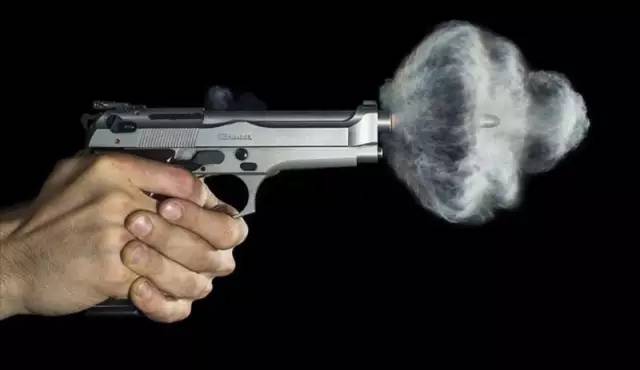
Snapshots are taken at the decisive moment. The so-called snapshot: It is to shoot the most natural and life-like moving objects at the scene of life without interfering with the objects of the shooting.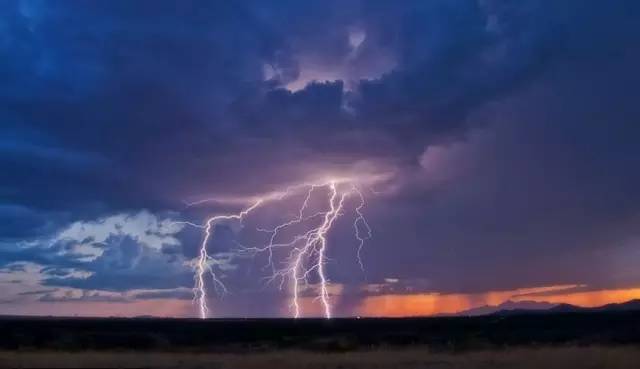
Table of Contents
The Decisive Moment
One of the characteristics of capturing is the speed, to put it bluntly in one word – capture.
There is no need to grab anything that is stationary. When you use the word “grab”, you have to grab the subject’s expression, expression, and movement in an instant. In the words of the master, it is the “decisive moment”.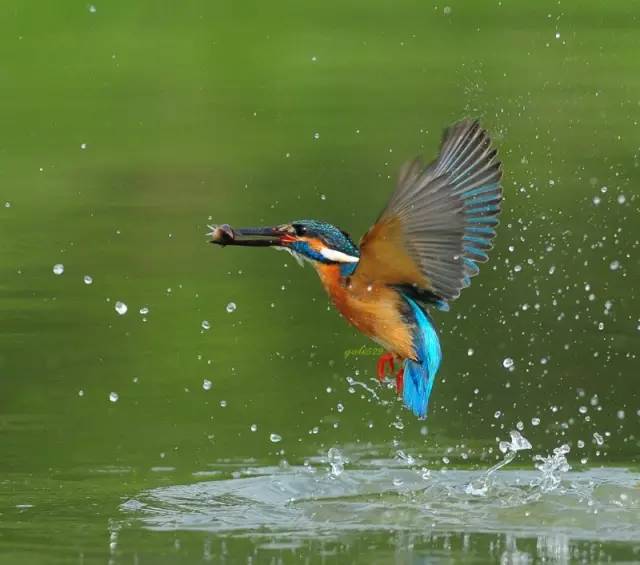
Shooting Skills:
1. Carry the camera with you for 366 days (remember it is 366 days). Know that if you bring your camera 365 days a year, but you don’t take pictures. As a result, you didn’t bring it on that leap day, but there was an emergency! Wouldn’t that be a big loss?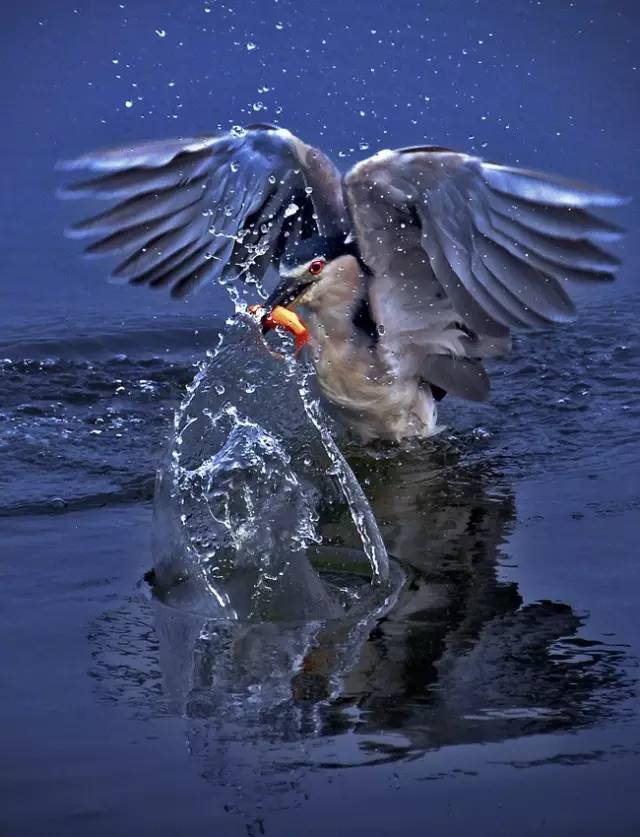
2. Speed first!
Set the camera to shutter priority to maximize sensitivity. Let the sensitivity be at the level where quality and speed work best. 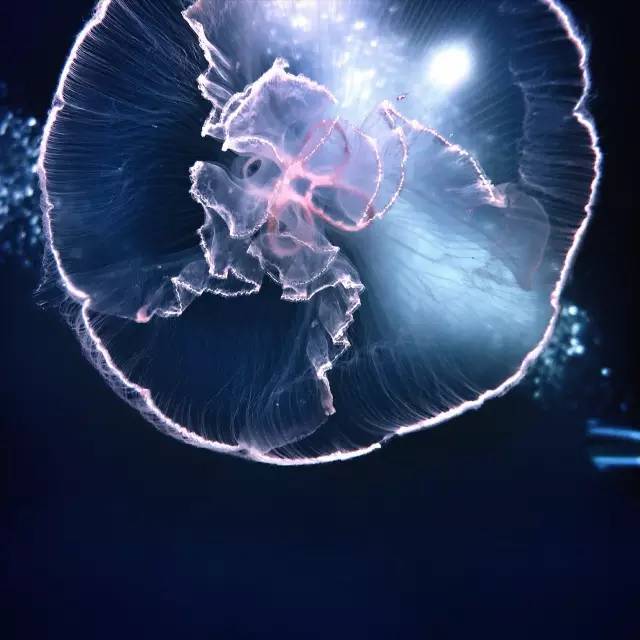
3. Continuous shooting or single shooting?
It turned out that we were reluctant to burn film. Now that there are digital ones, let’s shoot as much as you like! Even if you press the shutter for continuous shooting, it has to use three or four negatives, as long as one of them captures the best “moment” “, that’s enough. However, there are also objections. The essence of capturing is to capture the decisive moment when the shutter is properly pressed, and the approach of “shotgun king” has no technical content.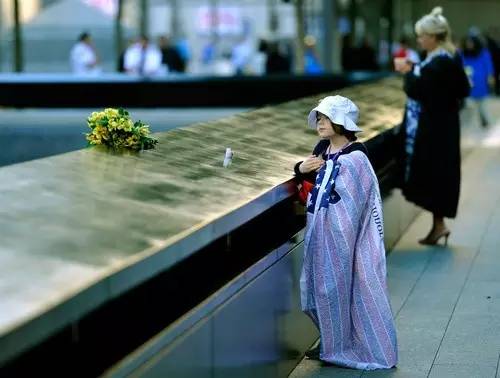
4, sound east and west.
With a digital camera with a rotatable lens, people can take pictures of things behind them when they are facing other places. If not, pretend to shoot something else, quickly turn to the actual subject, click.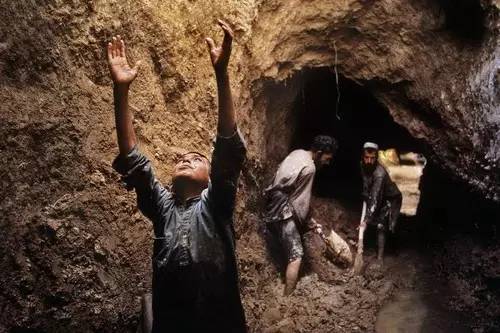
5. Both telephoto and wide-angle are suitable. A telephoto allows you to take pictures from a distance without disturbing the subject. The wide-angle can include everything you see, so you can choose.
Nature Is Beauty
Another feature of capturing is to be natural and not interfere with the subject of the shot. Those who are most natural and live are the most valuable. Snapshots are not staged shots. Staged shots require the subject to form a certain picture for the purpose of taking pictures according to the photographer’s vision and intention, to make certain movements and expressions, and to set up light and pose to shoot slowly. Snapshots are not something you can think of in advance. You just need to go out with the camera on your back and see what you see and shoot. Going deep into life is the soul and essence of capturing.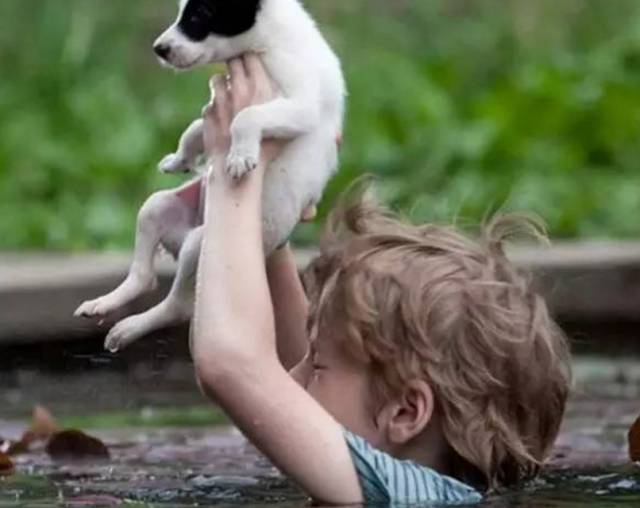
Go deep into your life, get inside your subject, but don’t bother them. Sometimes capturing a photo requires waiting, searching, and observing. Exercise more and shoot more often.
A Few Don’ts When Taking Pictures:
1. There should not be too many people, and loud noises are not acceptable. “Into the village” quietly. A person’s goal is smaller, and many times it is not easy to do things with a lot of people.
2. Incorporate into the subject, don’t be out of tune with the subject. When you go to take pictures of market life, don’t wear suits and leather shoes, you must integrate into the group.
3. Be calm and don’t get too excited. When you see a good subject, calm down, don’t adjust the aperture and shutter when excited, or even lift the camera to shoot before the camera is turned on. It’s too late to respond.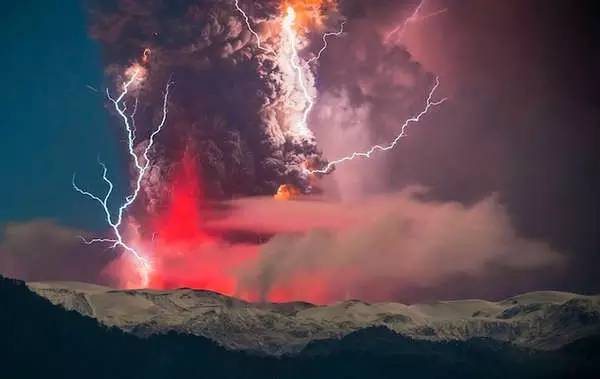
Off topic:
Not everyone likes to be photographed, and you can find ways to hide your camera. You can hang it on your chest, cover it with something, etc. If the subject expresses disgust, learn to respond with a generous smile. Instead of escaping like a thief, you should walk over generously, and your sincere attitude will generally get the other party’s understanding.
In a word, the first thing you need to do is to exercise the basic skills of shooting, and then you need to cultivate your own observation and learn to explore. Find things that are interesting, unexpected, and unusual. You also need to cultivate your own foresight and know what the other party is going to do next! Of course, you have to wait for the opportunity in the end. When the opportunity comes, you can successfully take a good picture.
